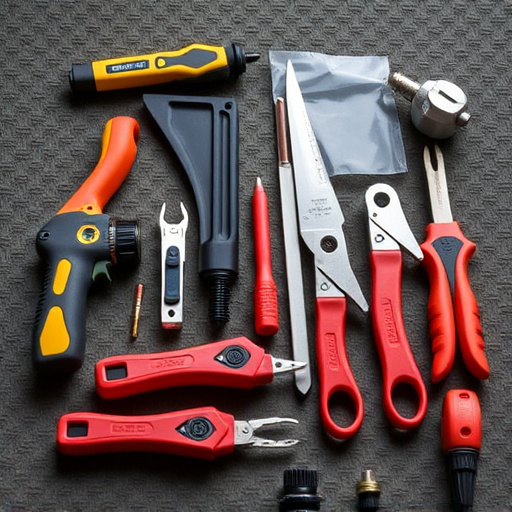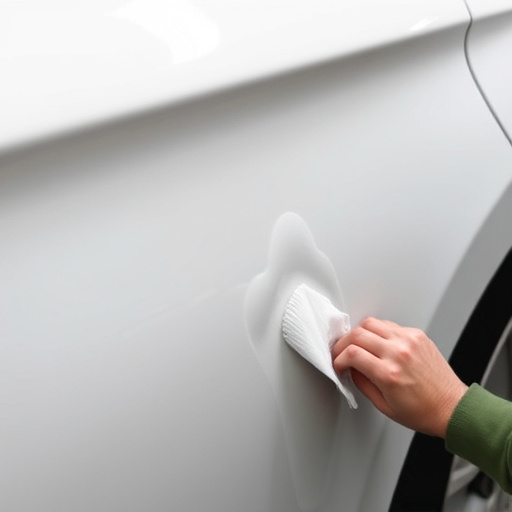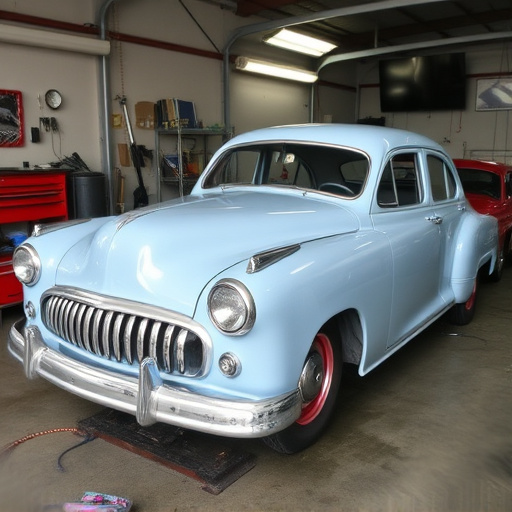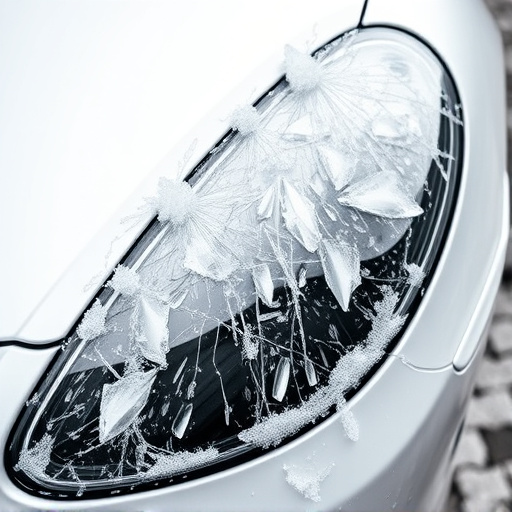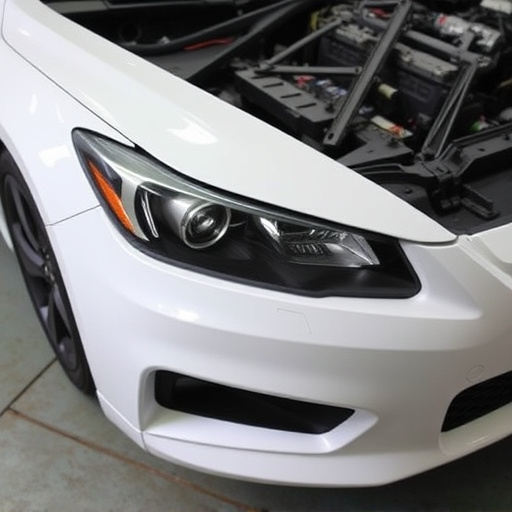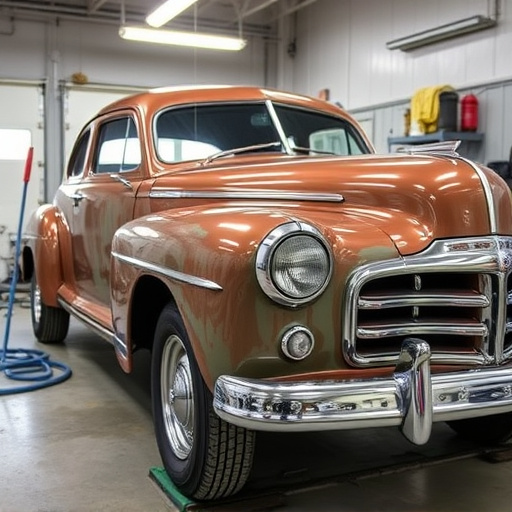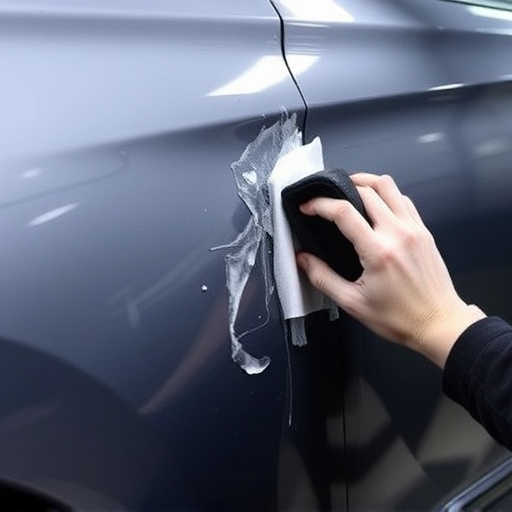Visual discrepancies like color variations, uneven straightening, and inconsistent detailing in specialty trim repair indicate poor workmanship. Close inspection reveals subtleties such as jagged edges, inconsistent paint lines, or gaps at junctions, signifying long-term problems if left unaddressed. Skilled technicians using high-quality materials are crucial to achieve a clean, seamless finish, preventing costly retouches and maintaining the vehicle's structural integrity and aesthetic appeal.
Spotting subpar workmanship in specialty trim repair projects is crucial for ensuring long-lasting, aesthetically pleasing results. This article uncovers key indicators of poor craftsmanship, empowering homeowners and contractors alike to make informed decisions. From visual discrepancies like uneven colors and textures, to functional issues like loose repairs and inadequate finishing touches, we’ll guide you through the red flags that can plague specialty trim work. Learn how to identify these problems early, ensuring your project stands the test of time.
- Identifying Visual Discrepancies
- – Spotting uneven colors and textures
- – Unaligned or irregular cuts and edges
Identifying Visual Discrepancies

When it comes to specialty trim repair projects, visual discrepancies can be an early indicator of poor workmanship. These projects often require meticulous attention to detail, and any visible imperfections or inconsistencies should raise red flags. For instance, if the repaired area does not seamlessly blend with the surrounding trim, it suggests a lack of skill or care. This might include noticeable color variations in auto painting, unevenness in frame straightening, or uneven application of auto detailing finishes.
Examining the work closely can reveal these subtleties. Look for jagged edges, inconsistent paint lines, or gaps where the trim meets other surfaces. In specialty trim repair, achieving a clean, seamless finish is non-negotiable. Any deviation from this standard could point to an unskilled technician or subpar materials, leading to long-term issues and the need for costly retouches.
– Spotting uneven colors and textures

When it comes to specialty trim repair, attention to detail is paramount. One of the most immediate signs of poor workmanship is uneven colors and textures. This can manifest as noticeable differences in paint shade, gloss levels, or even the way light reflects off the surface. Such inconsistencies are often indicative of rushed or subpar work, where proper blending and matching techniques were not employed during the repair process.
In a field that demands precision and craftsmanship, like specialty trim repair, every stroke and touch should merge seamlessly with the existing material. If you spot uneven colors or textures upon completion, it could suggest that the technician didn’t take the necessary time to blend repairs smoothly into the surrounding trim, resulting in an unsightly, haphazard finish. Just as regular auto maintenance ensures a vehicle’s longevity, meticulous workmanship in trim repair guarantees a seamless and professional outcome.
– Unaligned or irregular cuts and edges
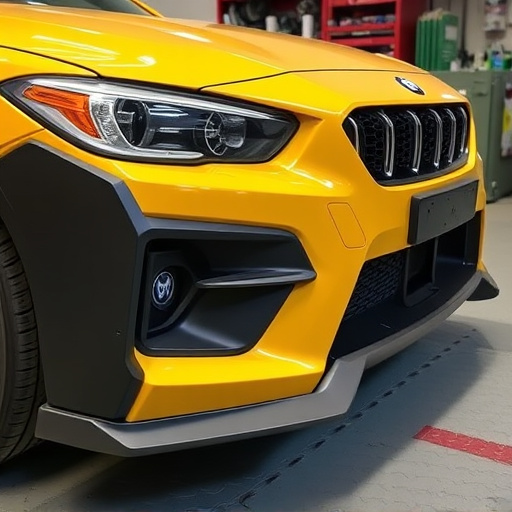
One of the clearest indicators of poor workmanship in specialty trim repair projects is unaligned or irregular cuts and edges. When a vehicle’s trim pieces are incorrectly cut, it results in uneven surfaces that can be both aesthetically displeasing and structurally unsound. This often occurs due to a lack of precision during the cutting process, using incorrect tools, or a failure to follow precise measurements. Such inaccuracies can lead to gaps or overlaps in the trim, compromising the overall finish and integrity of the vehicle’s bodywork.
In collision repair services or fender repair scenarios, where specialty trim repair is required, it is crucial to ensure that every cut is precise and every edge is clean. Unaligned cuts may also indicate a lack of skill or experience on the part of the repair technician, which can be concerning for vehicle owners seeking high-quality results. Proper alignment and regularity in cuts are essential to maintain the vehicle’s original aesthetic and structural integrity, ensuring customer satisfaction with the final product.
In conclusion, recognizing signs of poor workmanship in specialty trim repair projects is paramount for achieving a high-quality, professional finish. By being vigilant for visual discrepancies such as uneven colors and textures, as well as misaligned cuts and edges, homeowners and contractors can ensure the longevity and aesthetic appeal of their repairs. Proper attention to detail during these processes directly impacts the overall outcome, making it crucial to understand and implement best practices in specialty trim repair.
